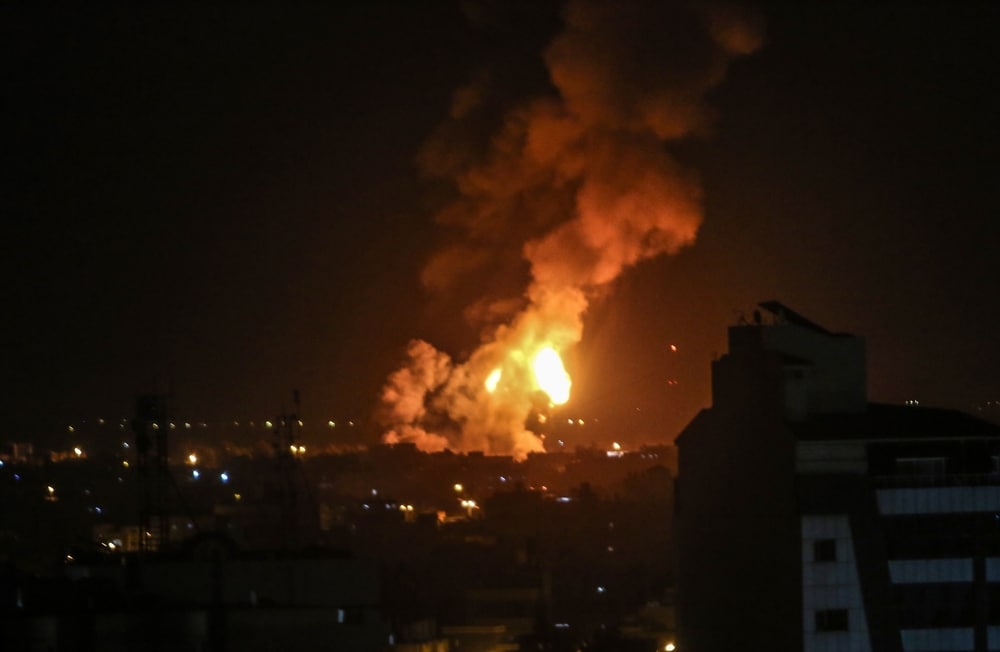(NG) – On September 27, 1971, a nuclear bomb exploded on Russia’s Novaya Zemlya islands. The powerful blast sent waves rippling so deep inside Earth they ricocheted off the inner core, pinging an array of hundreds of mechanical ears some 4,000 miles away in the Montana wilderness. Three years later, that array picked up a signal when a second bomb exploded at nearly the same spot. This pair of nuclear explosions was part of hundreds of tests detonated during the throes of Cold War fervor. Now, the records of these wiggles are making waves among geologists: They have helped scientists calculate one of the most precise estimates yet of how fast the planet’s inner core is spinning.
Surface-dwellers know that Earth spins on its axis once about every 24 hours. But the inner core is a roughly moon-sized ball of iron floating within an ocean of molten metal, which means it is free to turn independently from our planet’s large-scale spin, a phenomenon known as super-rotation. And how fast it’s going has been hotly debated. Capitalizing on the zigzagged signals from those decades-old nuclear explosions, John Vidale, a seismologist at the University of Southern California, now has the latest estimate for this rate. In a recent study published in Geophysical Research Letters, he reports that the inner core likely inches along just faster than Earth’s surface. READ MORE

















